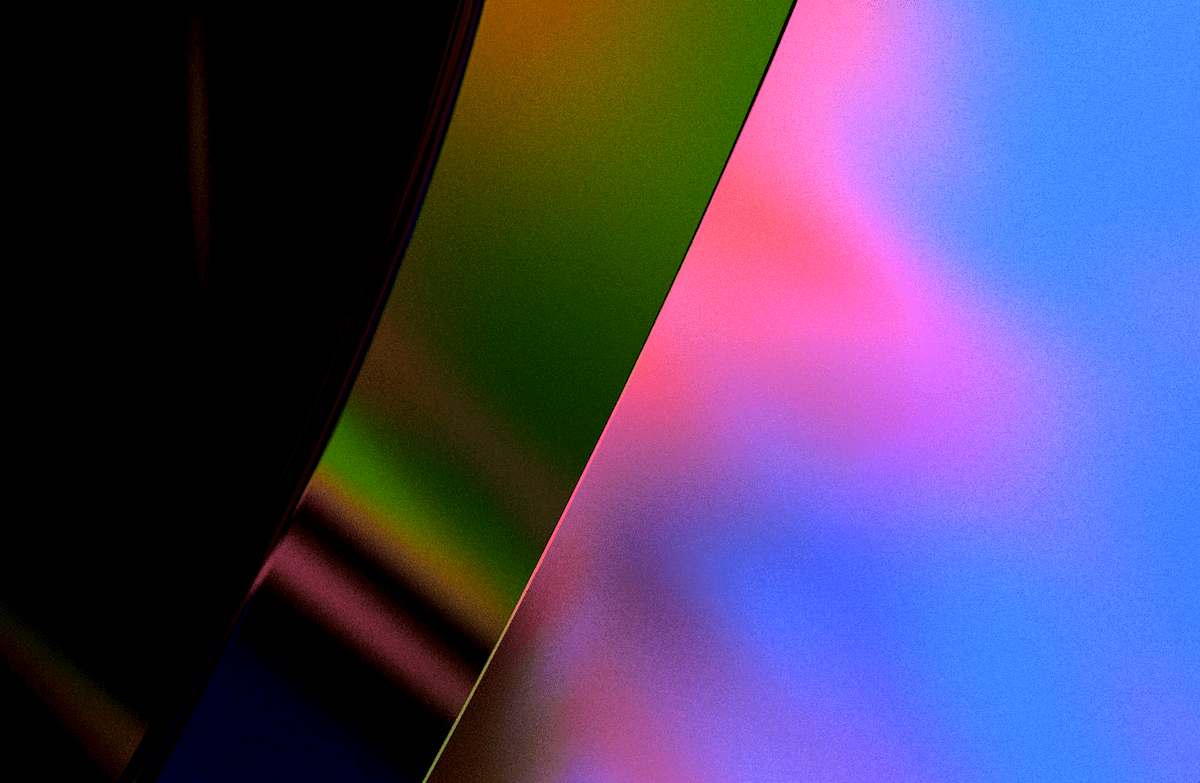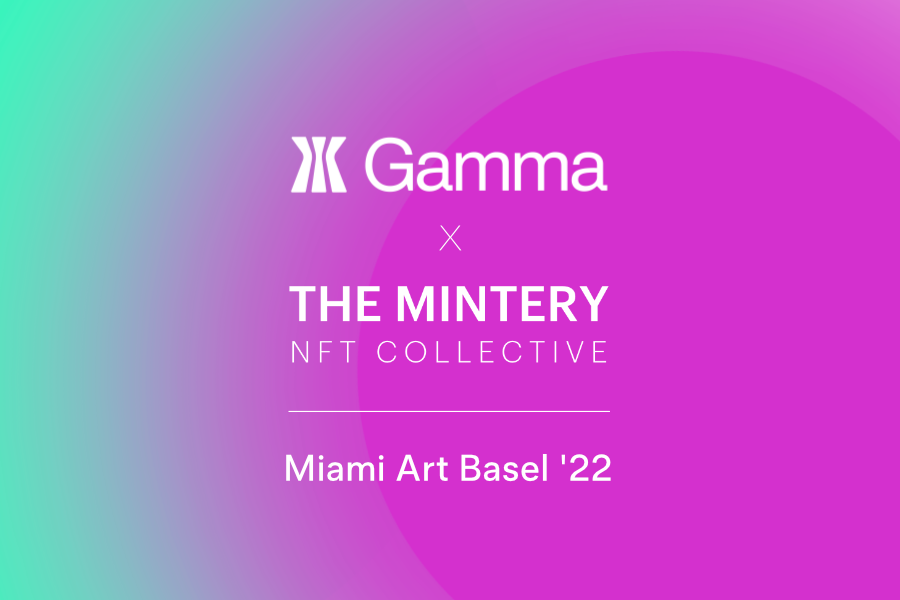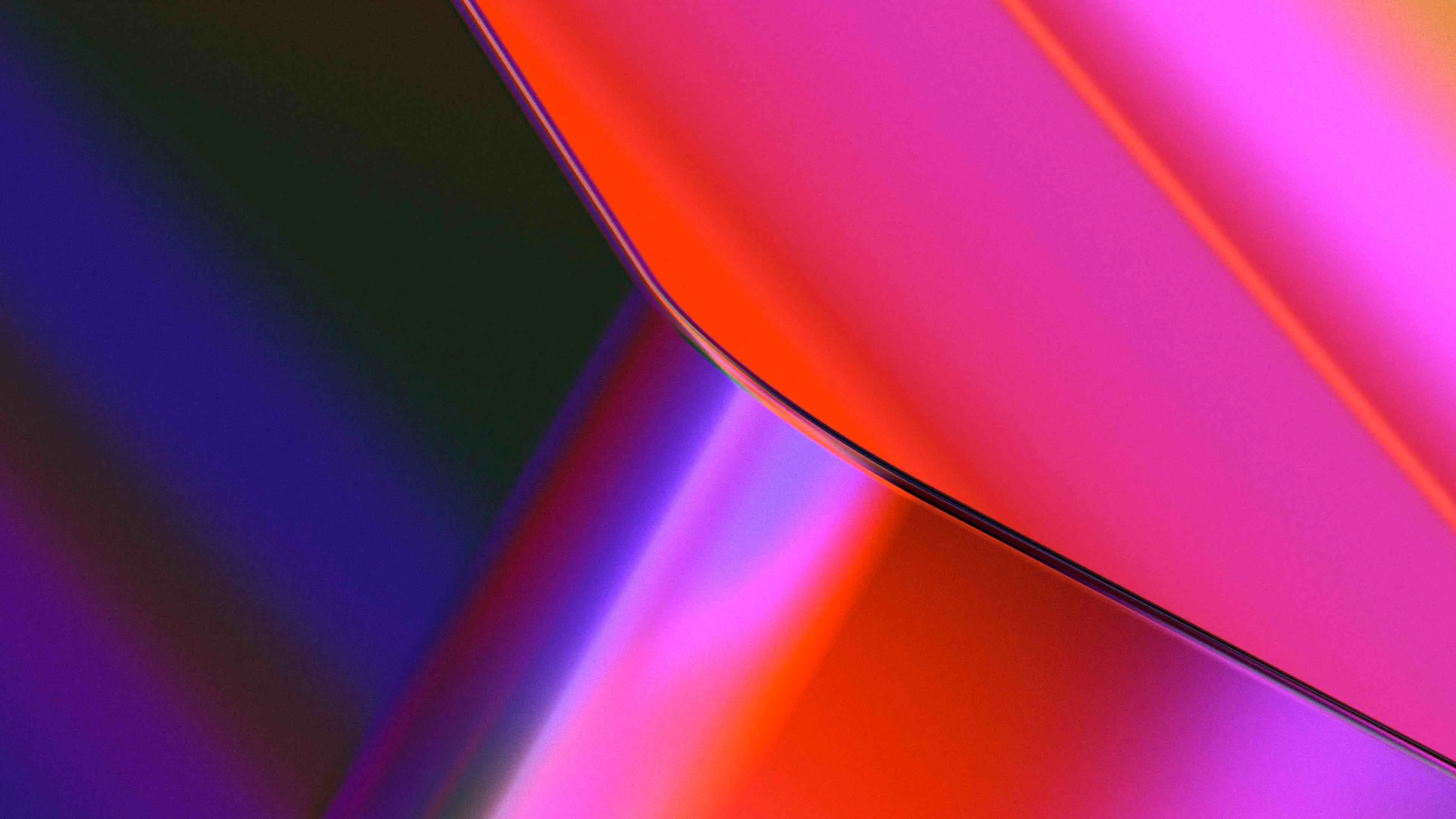A big fat flake
Jack Kerouac, Scattered Poems
Of snow
Falling all alone
Photo by Hide Obara
What is a Haiku?
Haikus originated as part of the Japanese Renga tradition. They’re a form of collaborative poetry in which poets would, in turns, provide alternating sections of a poem — open-source or decentralized poetry, if you will. Haikus were originally written as opening stanza. Over time, they developed into a stand-alone form of poetry loved by writers world-wide, with new traditions and styles emerging from different languages.
Characterized by their brevity and simplicity, haikus typically focus on nature, the changing seasons, and moments of enlightenment. They are traditionally written in three lines with a 5-7-5 syllable count in the present tense, and incorporate a seasonal reference known as kigo, as well as a “cutting word,” known as kireji which divides the poem into two parts and adds emphasis.
The language of a given moment
Three sentences, seventeen syllables. Haikus are a reminder that saying less is saying more, that fleeting moments can be as inspiring as those that last. The dispersion and brevity of a haiku constitute a space of pure fragments, a dust of events, crumbs.
A haiku is particularly successful if it brings opposites together: light and profound, tiny in words and large in resonance, full of meaning while resting on voids and unspoken words. Their simple form and the look at life they distill — like a desire to awaken even the most rational minds — encourage the reader to seize the ephemeral and truly approach their own reality, to recognize the greatness of the small, the richness of the simple.
Haiku poets confide in us, but don’t clutter our thoughts with pathos. It’s quite the opposite, in fact: the haiku intends to silence our inner chatter, our desire to control everything. It gives access to emotions that are difficult to put into words. It takes meaning and suspends it in time. As Roland Barthes says in The Empire of Signs, “In Haiku, meaning is just a flash, a scratch of light”.
Haiku in visual arts
Many modern poets have incorporated elements of haiku into their work, often experimenting with form and structure. But a haiku is more than written poetry. It is the unspoken, the silence that sustains it, the emptiness that carries it. The Haiku tells a story. It points to a feeling.
If you create a visually poetic composition, capture the essence of a cup of tea, an elder’s face or an insect, find intensity in the smallest detail… then you are creating a haiku of your own. And so I beg the question: is there a haiku that inspires you, makes you think of an image? Or an image that reminds you of a haiku you read a long time ago?
I’ll take a walk down that path with you…
The more I see it the more I feel
Ozaki Hosai
How very lonely my shadow looks
I try to move it
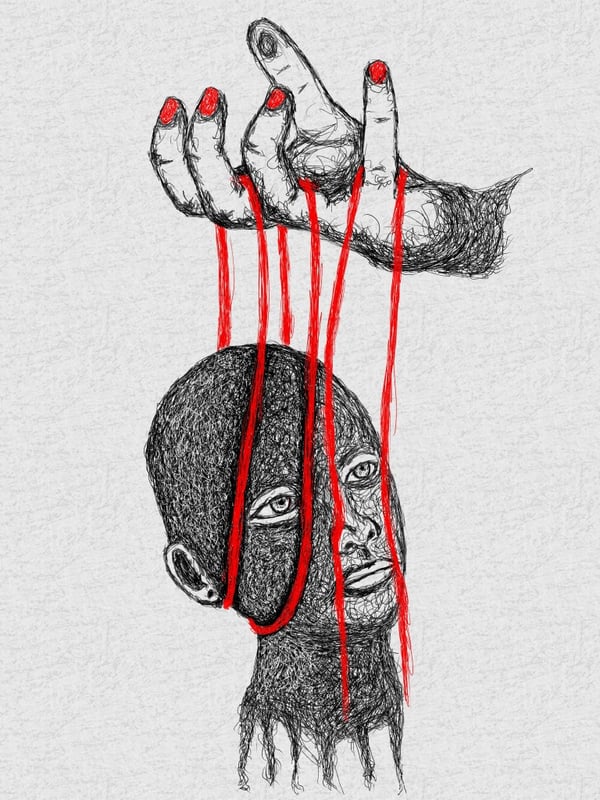
Morning haze;
Yosa Buson
as in a painting of a dream,
men go their ways.
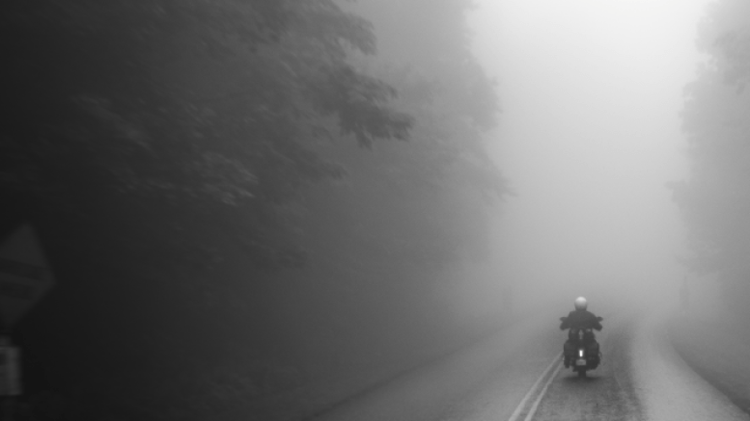
Scatter layer
Masaoka Shiki
by layer, eight-layered
cherry blossoms
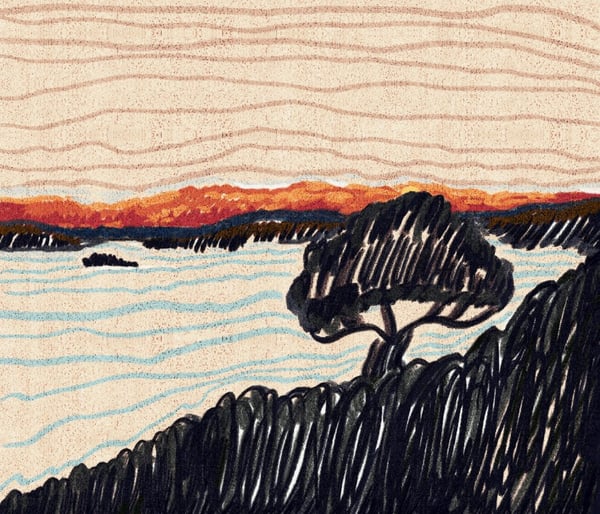
Timelessness and permanence
The art of haiku has survived and thrived in a world that often values speed and abundance over depth and meaning. Despite the many changes and technological advances that have taken place over the centuries, the simple and elegant form of haiku continues to inspire artists and writers around the world.
In many cases, haiku are passed down from one generation to the next, ensuring that the wisdom and beauty of these poems is preserved and shared. The haiku’s connection to tradition and cultural heritage is essential, allowing for the continuation and evolution of this art form over time.
Both everlasting and fleeting, I believe that haikus will find a way to achieve permanence and live on to give rise to new creations. Web3 will no doubt play a part in haiku’s timelessness, with technologies allowing for the beauty of the haiku to be preserved and shared with future generations, thus making them accessible to everyone. In the form of NFTs, a haiku could be authenticated, verified, and traded on the blockchain, ensuring their permanence and integrity. The use of NFTs could provide new opportunities for haiku artists and enthusiasts to create and disseminate their visual, written or musical haiku, allowing for the continued evolution and growth of the timeless art form.
Artists flourish anew
OpenAi
In web3’s vibrant gardens
NFTs pave the way


